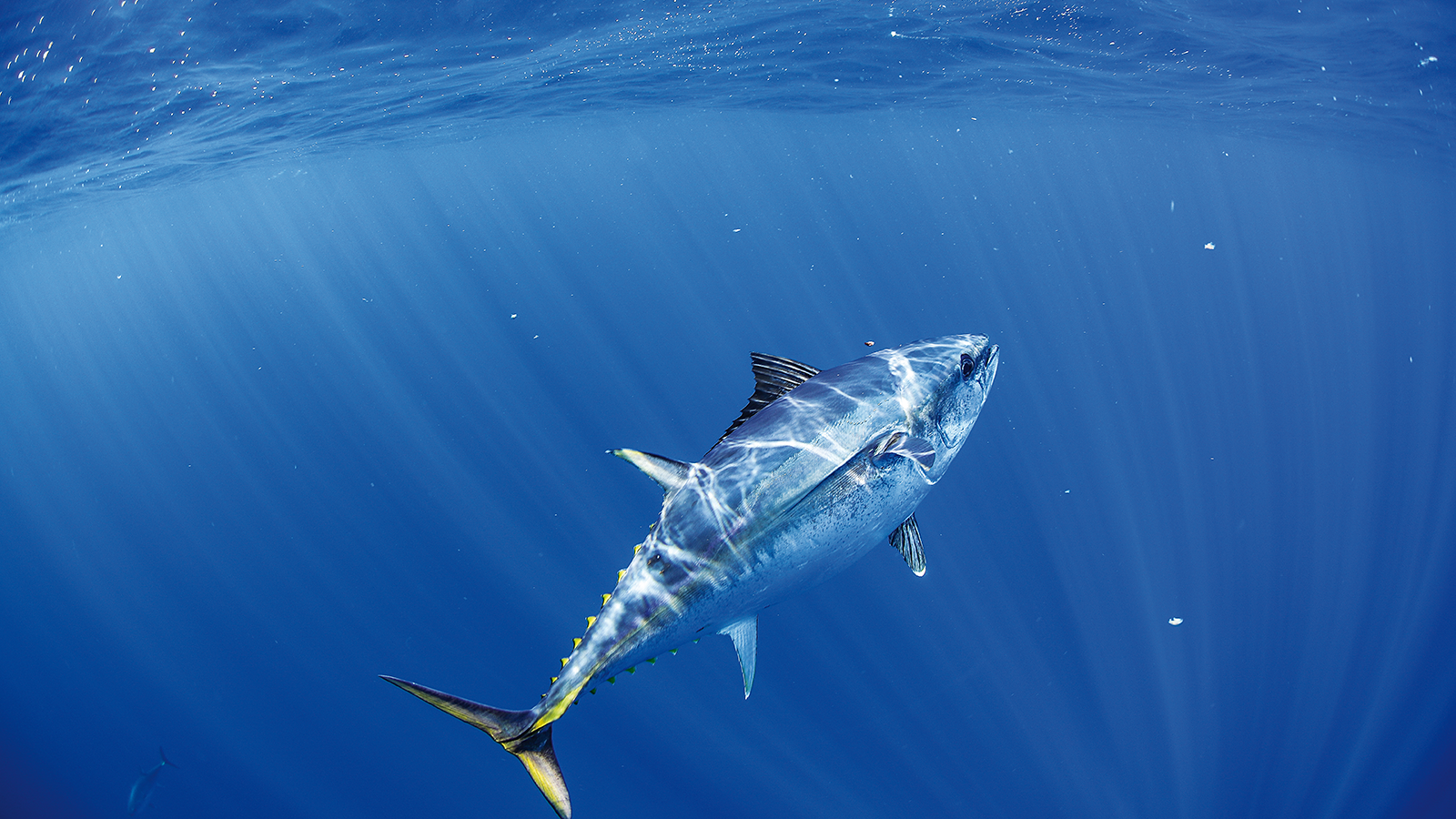PROJECT NUMBER
•
2013-748.30
DATE START/END:
31 AUG 2014 - 29 JUN 2015
Seafood CRC: Introduction to the use of bioeconomics in fisheries management for key decision makers
The economic performance gap (lost profit) in Australian fisheries has been estimated at 36-46% or $350-450 million per annum. The future harvest theme attempts to recover this loss and assumes that half of this gap in economic performance (i.e. $200 million p.a.) occurs in CRC fisheries (i.e. is...
ORGANISATION:
Seafood CRC Company Ltd










